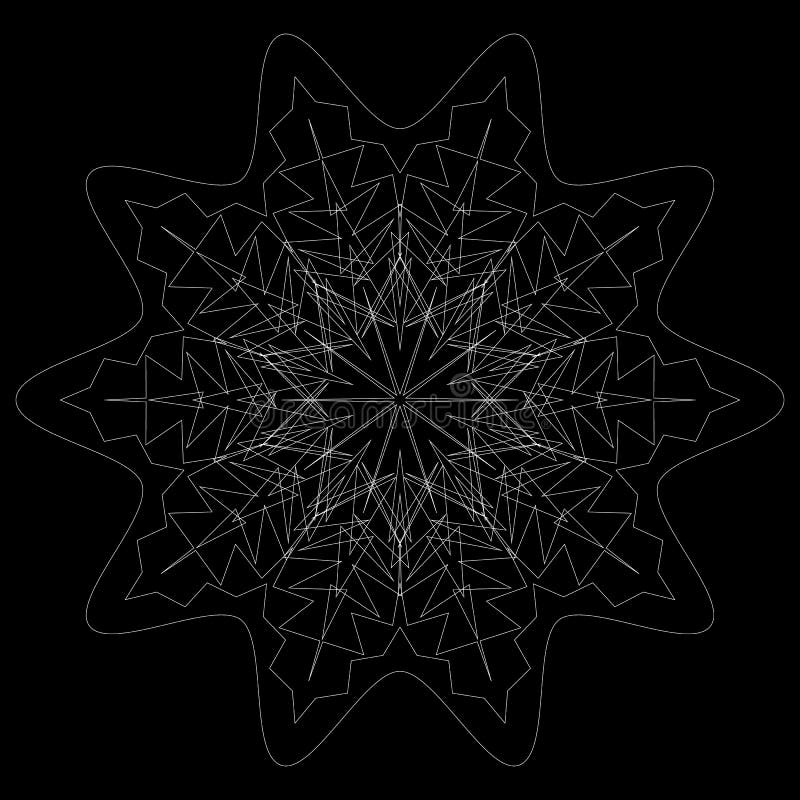
"The Behavioural Roadmap highlights eight core circular behaviors as options consumers and policy makers could adopt to help reduce Australia's material footprint, including three key places that policy makers can intervene to speed up the transformation of the whole-of-production and consumption system." "It's the first time policy makers have a tool that highlights the behaviors with the most transformation potential in order to achieve a circular economy. "The point is that we're not just placing responsibility on consumers, but looking at the roles of everyone in the production and consumption cycle," said Macklin.

Lead researcher Jennifer Macklin said the connections are between consumers and other stakeholders in the system such as designers, producers, importers, retailers, service providers, as well as government and the civil sector. It uses behavioral science to identify specific actions that different actors can take to address a problem, and systems thinking to understand the connection of these behaviors, highlighting how changes in one part affect changes in another. It then allows the use of behavioral science tools to create the desired change.

#Circular geometry how to#
Together with the online behavioral system map policy makers can explore these connections to develop or review systemic behavioral public policies that encourage 'responsible consumption' and reduce Australia's material footprint.īehavioral system mapping is an emerging technique that combines the strengths of two powerful research approaches to produce practical guidance on where and how to intervene to address complex challenges. Different from a Carbon Footprint, a Material Footprint is an indicator of raw material extraction used to meet the final demand of the economy.Īvailable online, the Behavioural Roadmap sets out connections between all parties, consumers and their behaviors to better understand relationships and influences in the system.


 0 kommentar(er)
0 kommentar(er)
